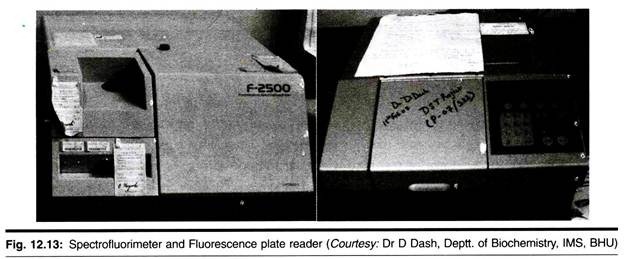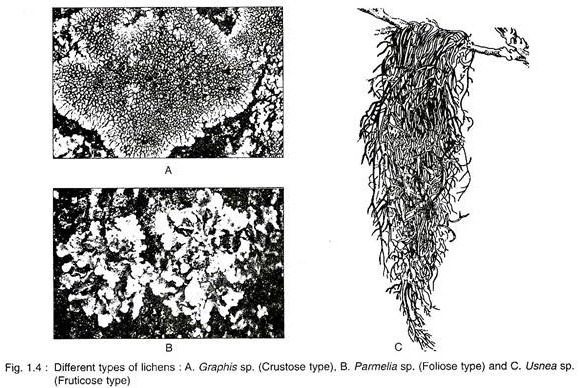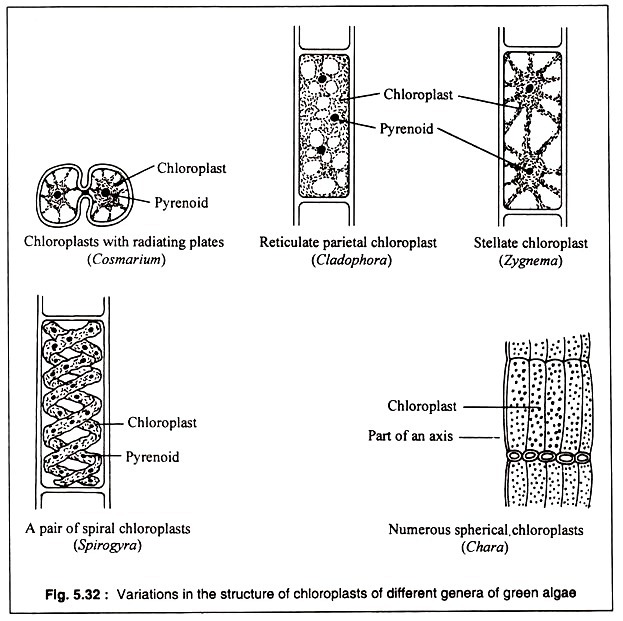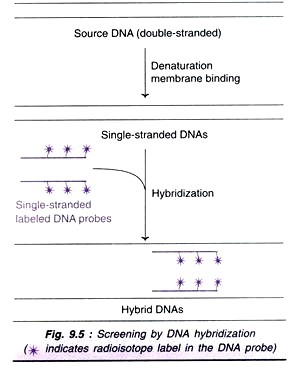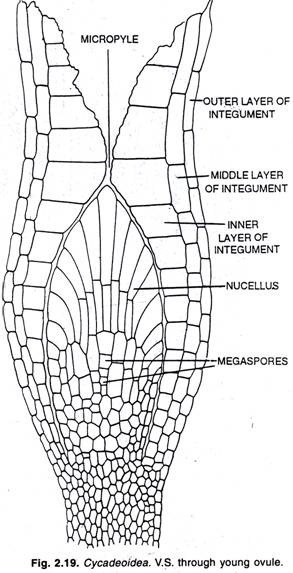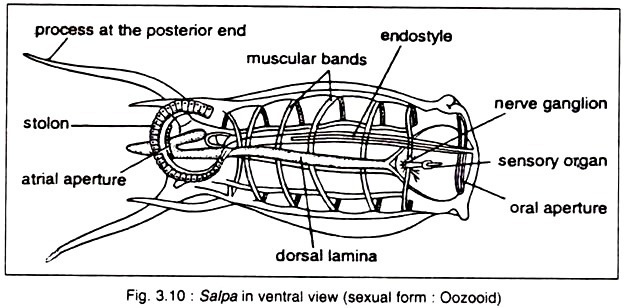When we are disease free we can enjoy ourselves in all the fields of life. If we are students we can study sincerely, if we are doing our job we can do the job with determination, if we are player, we can play with full concentration.
It means health plays an important role in our life. Good health gives us mentally, emotionally and socially stability. Healthy mind stays in healthy body.
The “WHO” definition of health recognises three dimensions of health, physical, mental and social. Any condition which interferes with the normal body functions due to some reasons is called disease.
A disease is a disorder which deviate our body from normal mental and physical states. Diseases have been kept into two categories, congenital diseases and acquired diseases. Congenital diseases are present in the body right from the birth whereas acquired diseases develop after the birth. Acquired diseases are further grouped into two categories.
1. Communicable and
2. Non-communicable diseases.
Communicable or infectious diseases are always due to some disease causing organism called pathogen. Pathogens include various kinds of plants and small animals. These disease causing germs are viruses, bacteria, fungi, protozoa and worms.
Viruses:
Viruses are microorganisms which multiply very rapidly when they come in contact with living cells (Fig. 8.1). Common cold, rabies, polio, chicken pox, influenza, Aids, hepatitis are the diseases caused by virus.
Common Cold:
Common cold is spread by virus. Virus is carried by wind when we sneeze and cough. Its incubation time is 1-3 days. Running nose, headache and fatigue are the main symptoms. Mouth and nose should be covered during coughing and sneezing.
Influenza:
Virus is the cause of influenza (Fig. 8.2). Its incubation time is 1-3 days. Virus spread by discharge from the nose and throat. Fever, chill, body ache and fatigue are main symptoms. Rest and avoid chill is prevention.
Measles:
This is common among children (Fig. 8.3). Its incubation time is 10-12 days. Its mode of transmission is contact and air. High fever, inflammation of respiratory tract and sore throat. It can be prevented by avoiding contact and vaccination.
Chicken pox:
It is transmitted by contact with skin sores and clothes of the patient. Its incubation time is 14 to 16 days. Fever, headache, and appearance of small watery sores on the skin. Isolation of patients helps in preventing chicken pox.
Polio:
Polio virus is the cause of this disease. This spreads through faces, contaminated food and water. Paralysis of limbs and voluntary muscles and stiffness of neck are the symptoms of polio. Polio drops should be given to the children. Its incubation time is 7 to 14 days.
Rabies:
It is a disease spread by dog, fox, monkey and other animal bite. More than 30 days is the incubation time. Hydrophobia is the main symptom which is caused by a virus known as Rhabdovirus. Immunization of dogs helps in prevention of rabies. A series of injections is needed to be given to a person bitten by a rabies dog.
Hepatitis:
Hepatitis is a disease of liver. The types of hepatitis are : Hepatitis A, Hepatitis B, Hepatitis C, Hepatitis D, Hepatitis E or Hepatitis G. Except for type B which is a DNA virus (Fig. 8.4), all the other are RNA viruses. Hepatitis is mostly spread by contaminated food and water. High fever, headache, loss of appetite, feeling of vomiting are the symptoms of hepatitis. It is prevented by avoiding infected food or water. Its vaccine should be taken to prevent the disease.
Dr. Luc Montagnier from France and Dr. Robert Gallo an American, both shared the discovery of virus that causes Aids.
Aids:
AIDS stands for Acquired Immune Deficiency Syndrome. It is a fatal disease. The disease of AIDS is caused by retrovirus (A RNA Virus) known as Human Immune- deficiency Virus (HIV) (Fig. 8.5.).
AIDS virus attack white blood cells or lymphocytes and weakens the human body’s immunity or self defence mechanism. AIDS spread through the sexual contacts with an infected person. Through the transfusion of blood contaminated with AIDS virus. Through the use of infected needles for injections. An AIDS infected mother can transmit the virus to her child during pregnancy or during birth.
Incubation period is from 15 months to 5 years. So far no medicine or vaccine has been developed to cure AIDS, so once a person gets AIDS, has to die in a short period of time, for controlling the infection of this disease people should be educated, sexual contact with unknown people should be avoided, disposable syringes and needles should be used.
Bacteria:
Bacteria are found everywhere in the soil, water, air, food inside the body of organisms.
Bacteria are cause of many diseases some of them are as follows:
Tuberculosis:
This disease is caused by rod-shaped bacteria called mycobacterium tuberculosis. Its incubation period is 2-10 weeks. Its mode of transmission is air, dust, sputum of infected person. Coughs, sputum with blood, pain in chest, loss of weight, afternoon fever, breathlessness are common symptoms of this disease. Patient should be isolated. Streptomycin, Thioacetozone are the drugs given, good diet and rest is given to the patients .Pulmonary tuberculosis is diagnosed by x-ray (fig – 8.6)
Cholera:
Cholera is caused by bacteria vibrio cholera. Its incubation period is few hours to 5 days. It is transmitted by flies, contaminated water, food and drinks. Acute diarrhea, vomiting, dehydration and muscle cramps are the symptoms of this disease. For prevention persons should be given vaccination. For preventing dehydration, oral rehydration solution (ORS) should be given immediately. The patient should be taken to doctor immediately. Proper sanitation and control of flies is needed (Fig. 8.7).
Typhoid:
Typhoid is caused by a rod shaped bacteria called salmonella typhi (Fig. 8.8) which is commonly found in human intestine. Its incubation time is 7 to 21 days. Contaminated water, milk and flies are the mode of transmission. High fever rise in afternoon, acute headache, reddish eruption on the chest. Proper sanitation, anti-typhoid vaccination prevents this disease. Chloromycetin drugs control this disease.
Whooping Cough:
Whooping cough is cause by bacteria haemophilis pertusis. 10-15 days is incubation time, mode of transmission is contact, droplet infection of throat. Cold with running nose, whoop develops as a sudden bout of noisy breath at the end of cough and vomiting prevention is DPT immunization.
Leprosy:
Leprosy is caused by Mycobacterium leprae. Incubation period is several years. Prolonged contact with the patient is made of transmission loss of sensation, skin erosions and deforming of fingers and toes. Patient is kept in isolation. The drug DDS (Diamino-diphenyl sulphone) helps in the treatment of leprosy.
Tetanus:
This disease is caused by bacteria Clostridium tetani. Incubation time is 4 to 20 days. Bacteria enters directly into the wounds from air and dust. Painful contraction of muscles of neck and jaws followed by paralysis of thoracic muscles are the symptoms. It can be prevented by precautionary vaccination or by the use of antitoxin after the body is wounded.
Alexander fleming, a Scottish biologist and Pharmacologist. Fleming published many articles on bacteriology, chemotherapy. In 1923 he discovered an enzyme Lysonotatumzyme, and the antibiotic penicillin from the fungus penicillium in 1928, for which he shared the Nobel Prize with H.W. Florey and E.B. Chain in 1945. Penicillin saved the lives of many soldiers in world war-ll. The discovery of penicillin had changed the world of modern medicine by introducing the age of useful antibiotics.
